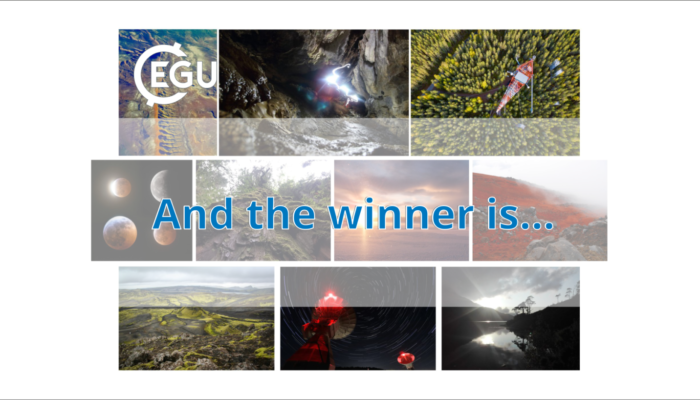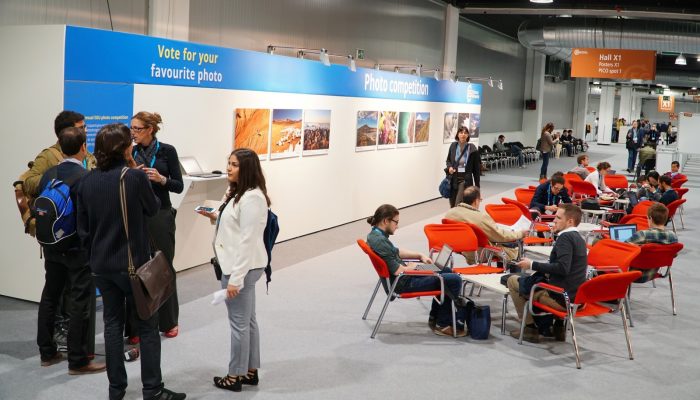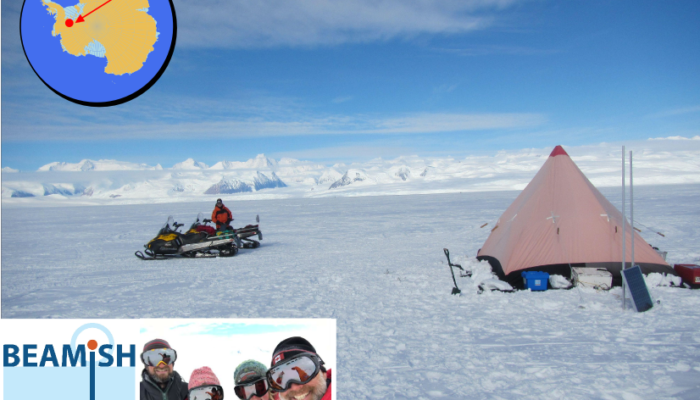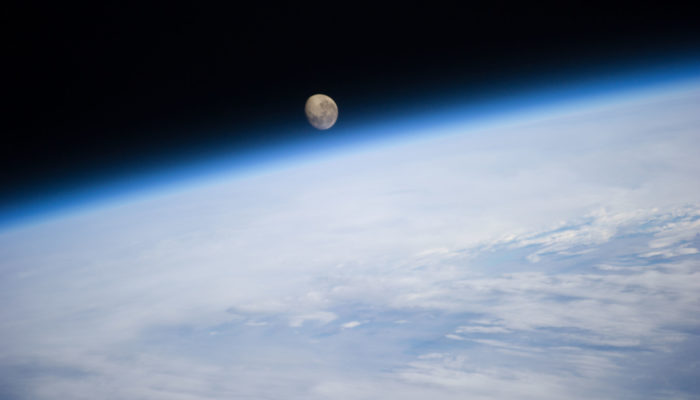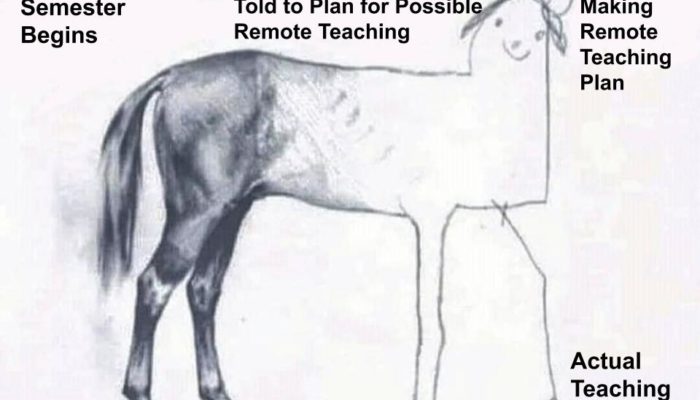For this year’s Photo Contest, EGU received scores of amazing images capturing a broad spectrum of the geosciences. After the selection committee whittled the field down to 10 finalists, members have been voting for their favourites throughout the week of Sharing Geoscience Online. We’ve had thousands of votes, but now we are very excited to announce the winners. Congratulations to th ...[Read More]
If you didn't find what you was looking for try searching again.
GeoLog
EGU’s 2020 Photo Competition finalists – who will you vote for?
This year’s Photo Competition judging panel did a fantastic job of narrowing down the outstanding photo submissions to the EGU’s Photo Competition to just 10 finalists! The finalist photos are listed below and on the Imaggeos website where you can vote for them from today (27 April) until 7 May 2020. Then three photos with the most votes will be announced online at midday on 8 May! C ...[Read More]
Cryospheric Sciences
Icequakes, the little brothers of earthquakes, what do they tell us about ice flow?
Each day, several tens of tiny earthquakes happen beneath Rutford Ice Stream in Antarctica. These events are so small that no human would be able to feel them – yet, scientists can use recordings of these so-called “icequakes” to obtain valuable information on the way ice flows in Antarctica. Read on to find out how… What are icequakes? So we’ve all heard of earthquakes, but what ...[Read More]
Tectonics and Structural Geology
Beyond Tectonics: Building fictional worlds to better understand our own
In this edition of “Beyond Tectonics” Ben Blackledge and Hannah Davies talk about worldbuilding and how it can be applied to the discipline of tectonics and tides. Ben Blackledge recently completed his MSc in Bangor and will soon be beginning a PhD in Bristol University. Let’s begin with a question. Are the tides always the same on every planet? Because of the force of gravity, ...[Read More]
Geodynamics
The Moon – A small but significant tale about impacts, basins, volcanism, and time
This week on the GD Blog we are taking a magical geodynamicist’s mystery tour to our planet’s Moon thanks to Tobias Rolf, Researcher at the Centre for Earth Evolution and Dynamics (CEED) at the University of Oslo, Norway (currently a Visiting Researcher at the Institute of Geophysics at the University of Münster, Germany). Imagine you are orbiting the Earth at an altitude of a few hun ...[Read More]
Hydrological Sciences
When the students are gone: Transition to online teaching
With the ongoing Corona crisis, universities are closed and in-person classes are/were rapidly transitioning to online courses with only little time for preparation for instructors. Preparing online classes usually takes lots of effort and time, which is why we should probably all just release ourselves from too high expectation. Motivated by the ongoing discussion on Twitter about the challenges ...[Read More]
Tectonics and Structural Geology
Beyond Tectonics: How mountain building shaped biodiversity
This edition of “Beyond Tectonics” is brought to you by Lydian Boschman. Lydian is a postdoctoral researcher at ETH Zürich. She has a background in geology and plate tectonic reconstructions, but now works with a group of biodiversity modelers of the Landscape Ecology group at ETH, bridging the gap between geology and biology. In her research, she focuses on the uplift history of the Andes, and ho ...[Read More]
GeoLog
Imaggeo on Mondays: Santorini cliffs sculpted by wind and sea
The cliffs look like a bas-relief sculpted by a tireless artist. Naturally carved by the wind and sea, Vlychada’s white cliffs border its black sands, on the southern shore of Thera (Santorini), Greece. Both are of volcanic origin. The material originates from the Late Bronze Age eruption around 1600 BCE, which also buried the prosperous Akrotiri settlement. This massive Plinian eruption led to th ...[Read More]
Cryospheric Sciences
Did you know? – Ocean bathymetry can control Antarctic mass loss!
Ice shelves (the floating parts of the Antarctic ice sheet) play a fundamental role in the stability of the Antarctic ice sheet (see this post) and, therefore, its contribution to global sea-level rise. They lose mass primarily through melting at their bases, which are in contact with the ocean. This thins them and makes them more vulnerable, reducing their stabilising potential and causing more i ...[Read More]
Stratigraphy, Sedimentology and Palaeontology
Use of Ultraviolet Light in Plattenkalk Research
By Jack Wilkin. One of the techniques used to examine fossils in the laboratory is photography with the aid of UV light. Ultraviolet light causes minerals in the fossils to fluoresce creating a clearer contrast between the fossil and the surrounding matrix. Ultraviolet photography is a cost-effective laboratory technique that can be readily applied to a wide range of strata types and taxonomic gro ...[Read More]

